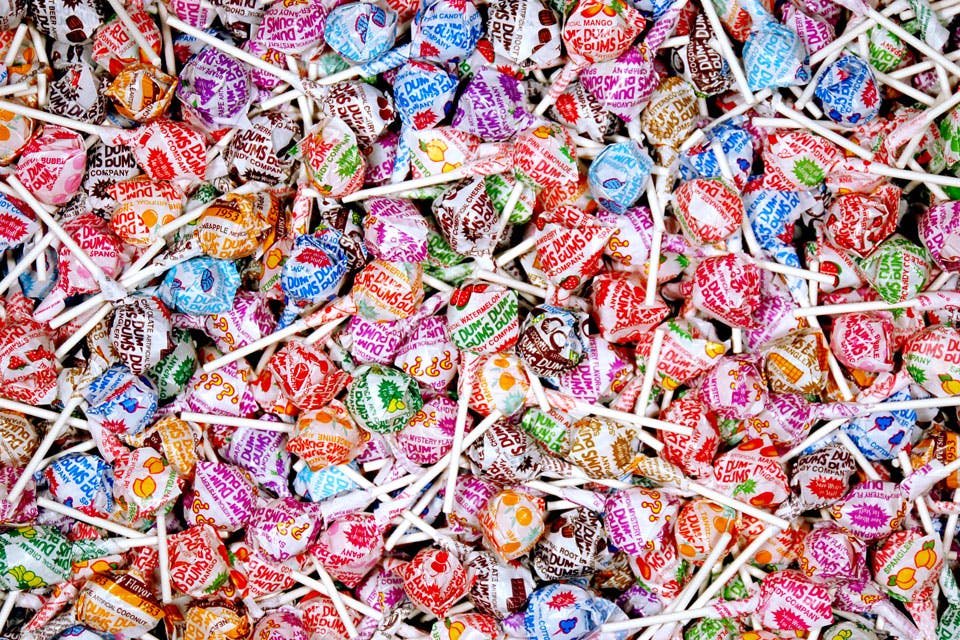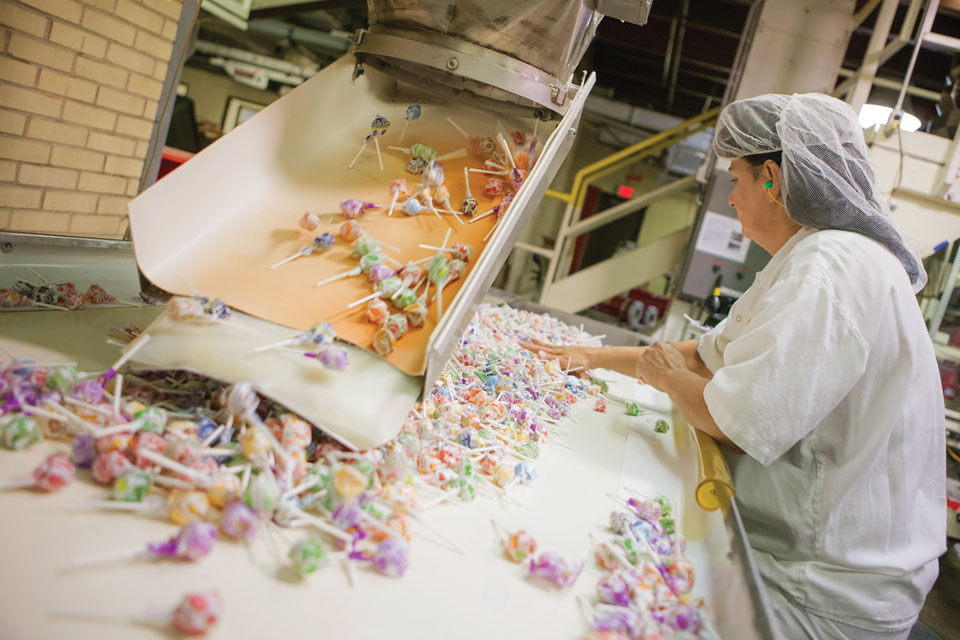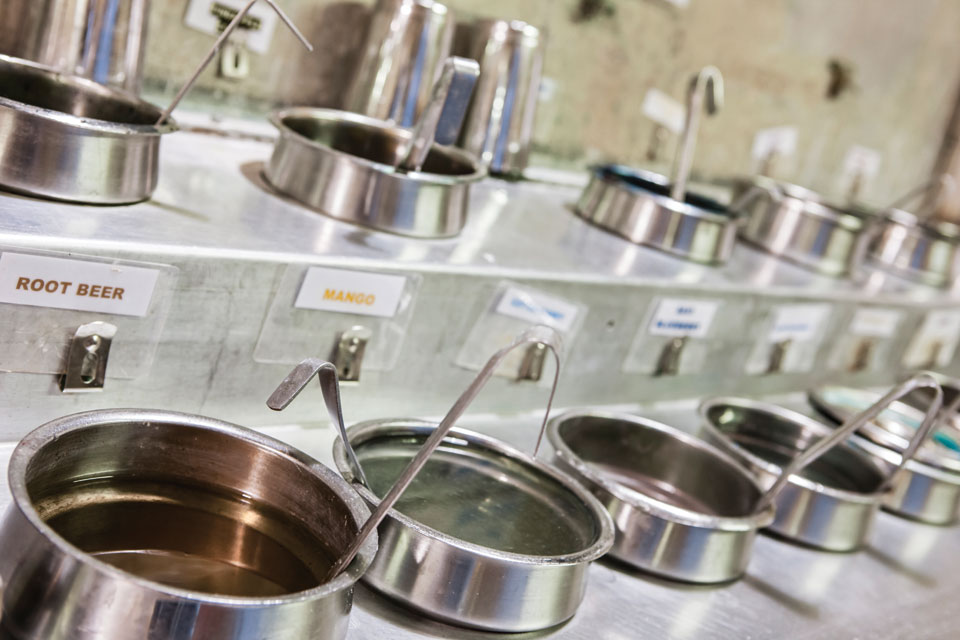Food + Drink
The Ohio Town Where Dum Dums Lollipops Are Made
We took a trip to Bryan, Ohio, to see firsthand how one of our state’s most famous candies is made and learn about long history of the family-owned business behind it.
Related Articles

How Spangler Candy Co. Revived the Necco Wafer
In 2018, the beloved Necco Wafer disappeared from store shelves. In summer 2020, the Bryan, Ohio-based maker of Dum Dums brought them back. READ MORE >>
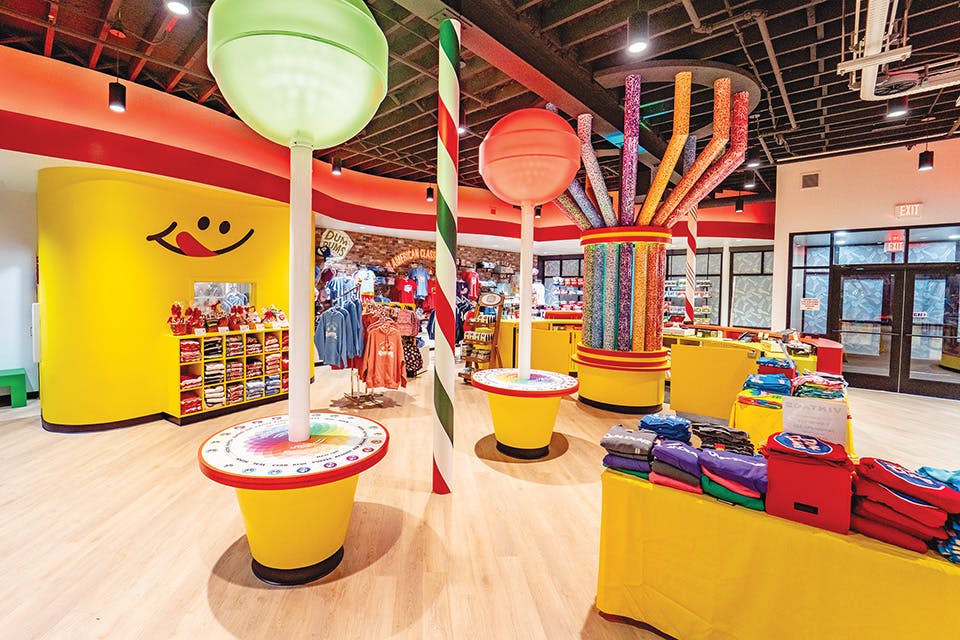
Dum Dums Maker Opens Sweet Spot for Candy Lovers
Spangler Candy Co. makes Dum Dums and other treats we love. Now it has a fun place to visit in downtown Bryan that celebrates its legacy. READ MORE >>
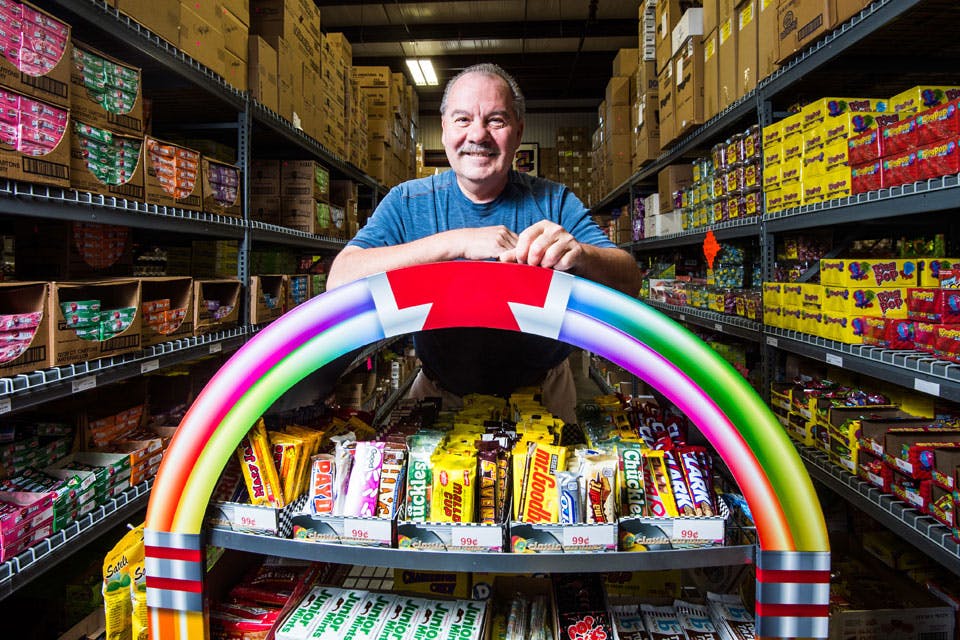
Visit America’s Largest Candy Store in Cleveland
Whether you're filling Easter baskets, loading up for trick-or-treaters or looking for a retro favorite, a trip to b.a. Sweetie Candy Co. in Cleveland is in order. READ MORE >>


